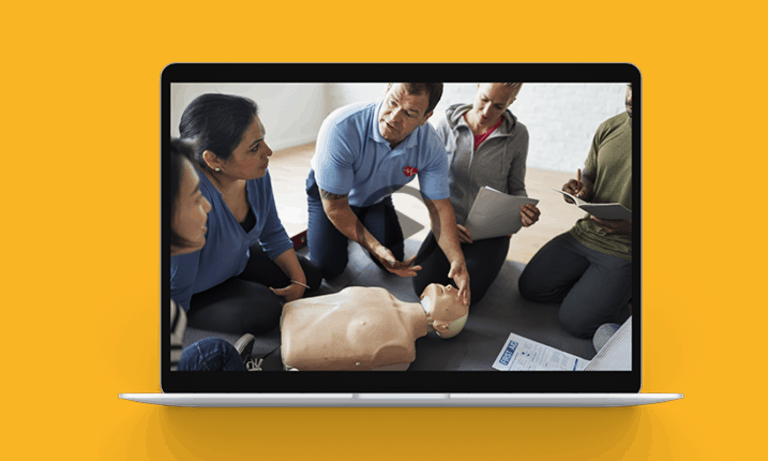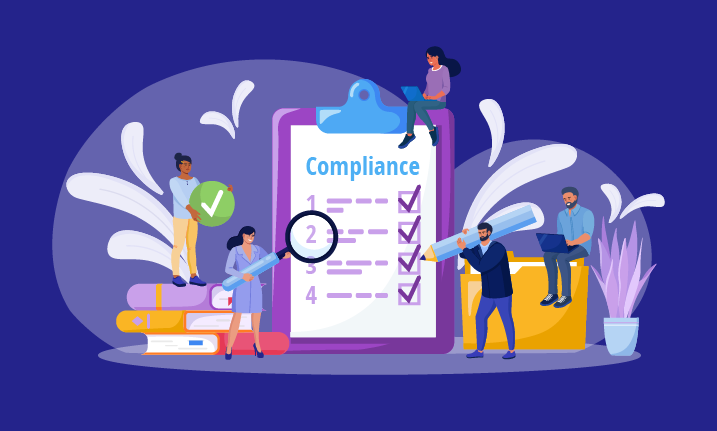

Effective contractor management is crucial for maintaining a safe and secure work environment, especially in dynamic industries like construction and manufacturing.
Whichever industry your organisation operates in, the safety of contractors should always be a top priority. Implementing robust contractor management practices not only ensures the well-being of all workers but also contributes to the overall success and reputation of your business. Here we’ll explore some key tips for effective contractor management that can improve workplace safety.
1. Comprehensive pre-qualification process
Before engaging contractors, it’s essential to conduct a thorough pre-qualification process, which means completing an evaluation of potential contractors against a predetermined set of criteria. This may involve assessing their safety record, experience, certifications, resources and compliance with industry regulations.
With contractor compliance software such as Rapid Contractor Management, you can access integrations that facilitate viewing the financial status of your contractors at a glance. Contractor software can even ensure that contractors meet your compliance standards before they step foot on your worksite, with licences and qualifications being uploaded before work starts.
A well-structured pre-qualification process sets the foundation for a safe and productive partnership, and contractor software can speed up administrative workflows so you can focus on bigger risk management strategies.
Recommended reading: How to effectively engage a new contractor
2. Clear communication of expectations
Communication is key for any successful relationship, and contractor management is no different. Clearly outlining safety expectations, protocols, and any specific requirements related to your worksite is critical to establishing and maintaining an effective working relationship with your contractors.
Open lines of communication will ensure that contractors are aware of their safety obligations on site, and can actively participate in maintaining a secure working environment. Regular meetings and updates can reinforce these expectations.
3. Robust onboarding and induction tools
Comprehensive safety training programs should include an orientation on your company’s safety policies, emergency procedures, and any unique risks associated with the job.
With Rapid’s online induction software, training can be provided to contractors before they even arrive on site, ensuring that work can start immediately. A real-time dashboard enables administrators to review the compliance status of every contractor instantly, while the online onboarding experience provides a seamless transition for workers. The modular nature of Rapid’s workforce management products provides administrators with the full compliance picture.
Ensuring your training content sets the tone for a safety-conscious culture and equips contractors with the knowledge to make informed decisions is invaluable. If you’re not sure where to start our induction software contains a free library of pre-written workplace training courses than can be issued at the click of a mouse! Review the options here.
4. Establishing a safety culture
Promoting a safety culture involves creating an environment where safety is ingrained in every aspect of the work.
This priority should be considered when developing any WHS training materials, but also can be encouraged throughout the duration of work with reminders to report any concerns promptly. Rapid’s incident management solution helps with this, as anyone on-site with the Rapid Global Admin Tools app can report an hazards, near misses and incidents in real-time.
Recognise and reward safety-conscious behaviour to reinforce the importance of maintaining a secure workplace. When safety becomes a shared value, everyone involved is more likely to adhere to best practices.
5. Regular safety audits and inspections
Scheduled safety audits and inspections are essential components of effective contractor management. Regularly assessing the contractor’s compliance with safety regulations and identifying potential hazards means that any issues that arise can be promptly addressed. These proactive measures contribute to a safer working environment.
6. Documented safety procedures
Develop and share comprehensive safety procedures that contractors can refer to throughout their work on the project. This documentation should include emergency response plans, incident reporting procedures, and any specific safety guidelines relevant to the job. Having clear, accessible guidelines helps prevent accidents and ensures a swift response in case of emergencies.
Mobile site access solution Rapid GO even gives you the opportunity to make these important documents available for the duration of site visitors stay so nothing is forgotten.
7. Continuous improvement
Continuous improvement is the process of making small incremental improvements to increase the efficiency and accuracy of updates. Successful companies like Toyota use a version of this system to ensure productivity and employee engagement.
When managing contractors, regular evaluation means lessons learned from past experiences can be easily incorporated into existing processes. It also facilitates the efficient adaptation of safety protocols as needed to address evolving industry standards.
Effectively managing contractors for safety success requires a proactive and collaborative approach. Soliciting feedback from contractors can identify areas for improvement that may otherwise be missed.
By implementing these top tips, organisations can foster a culture of safety, minimise risks, and create an environment where contractors can thrive. Prioritising safety not only protects the well-being of individuals but also contributes to the overall success and reputation of your business in the long run.
It’s time to take a step towards improving your contractor management system
Some of the world’s leading organisations rely on Rapid’s modular workforce management system to improve safety, manage risks, and streamline WHS processes. Are you ready to join them?
Speak to our experts today and request a demo to see how Rapid’s products can help you.







